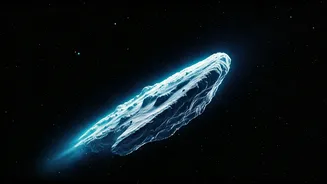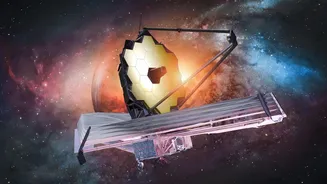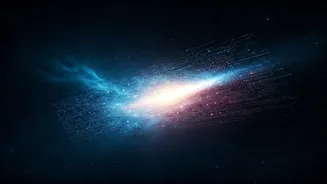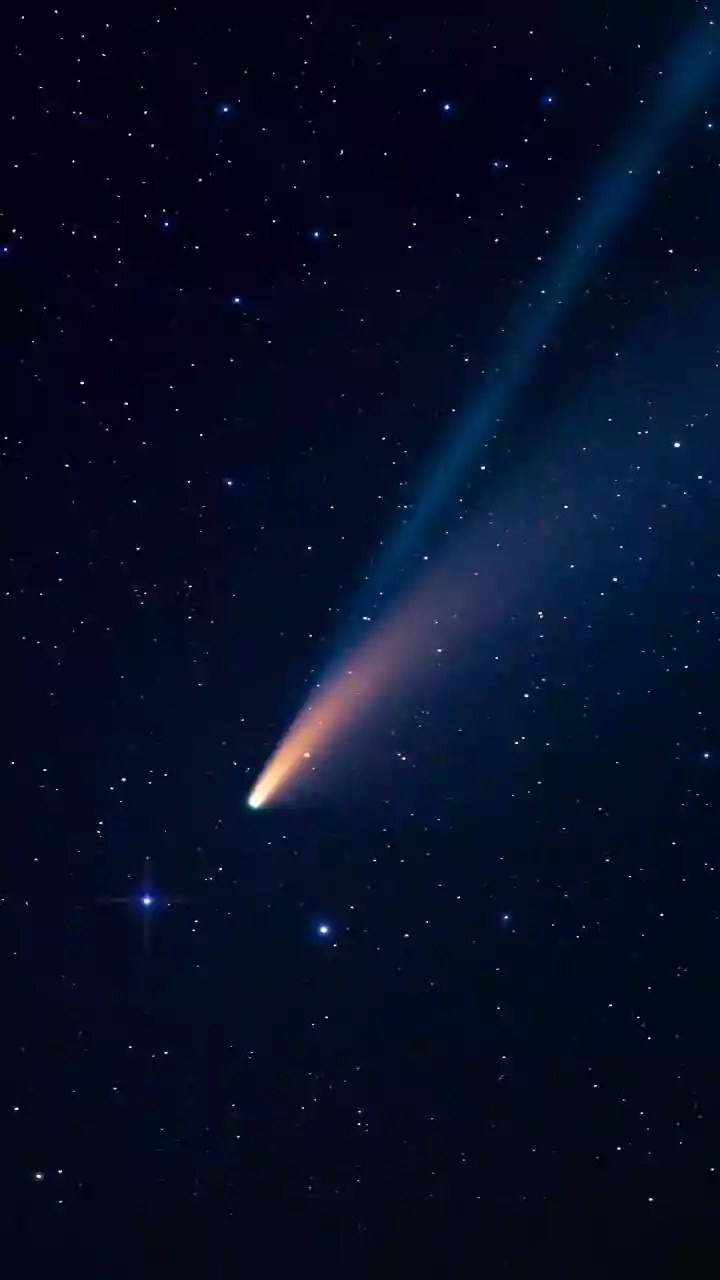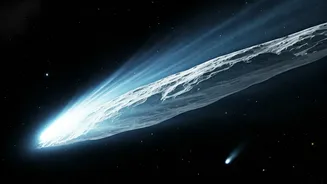Observing Cosmic Trends
The field of cosmology has witnessed significant advancements, primarily stemming from refined observation techniques. Through meticulous data gathering
and sophisticated analyses, scientists have made remarkable strides in comprehending the universe's trajectory. These explorations have brought forth pivotal insights into the ongoing expansion of the cosmos and the various driving factors. Evidence from dark energy research significantly influences these predictions. A pivotal development came with the discovery of dark energy's role, introducing new complexities to models of the universe's future. The implications of this new information suggest that we need to re-evaluate our previously held beliefs regarding the fate of the cosmos, leading to predictions like the Big Crunch.
Dark Energy's Influence
Dark energy, a mysterious force, is a significant component in the modern understanding of the universe's trajectory. Its presence alters the dynamics of cosmic expansion. Observed across various astronomical parameters, such as the behavior of distant supernovae and the cosmic microwave background radiation, the impact of dark energy is undeniable. Its influence has been linked to an accelerated rate of expansion. This acceleration is at odds with previous assumptions. The implications are profound, leading some scientists to conclude that, rather than expansion continuing indefinitely, a reversal may occur at some point. This reversal could cause all matter to collapse into a singular point again, in a process known as the Big Crunch.
The Big Crunch Scenario
The 'Big Crunch' presents a fascinating, yet potentially grim scenario for the universe's future. In this prediction, the current expansion will eventually reverse. The universe, which is expanding now, will start to contract. Eventually, all matter and energy, galaxies, stars, and planets, will be drawn closer together. This gravitational collapse will continue until the entire universe is compressed into a minuscule point. Scientists estimate that this collapse could occur roughly 20 billion years from now. This end-of-days scenario underscores the importance of the ongoing research into dark energy and its effects.
Observational Evidence
Evidence gathered from observatories specializing in the study of dark energy reinforces predictions of a Big Crunch scenario. These facilities, armed with advanced telescopes and sophisticated instruments, diligently collect data on distant galaxies and celestial phenomena. Analyzing this data permits detailed measurements of the rate of expansion. From this information, we are able to ascertain dark energy’s influence and thus forecast the future direction of cosmic evolution. Ongoing data refinement is critical. Continued monitoring and analysis will help scientists refine models and perhaps modify the precise timeline associated with the Big Crunch. The future of cosmology depends on the accumulation and processing of accurate observational evidence.
Cosmology's Future Outlook
The pursuit of understanding the universe’s fate is ongoing. With each new discovery and refinement of existing models, cosmologists refine their understanding of the cosmos. Ongoing research into dark energy and its effects is essential. The future of cosmology relies heavily on technological developments in observational capabilities. Advancements will allow for more precise measurements and a deeper comprehension of cosmic behavior. Through continued exploration and the gathering of observational evidence, scientists hope to piece together a comprehensive understanding of the universe's trajectory. These insights will help us to better understand not only the cosmos, but our place within it.





